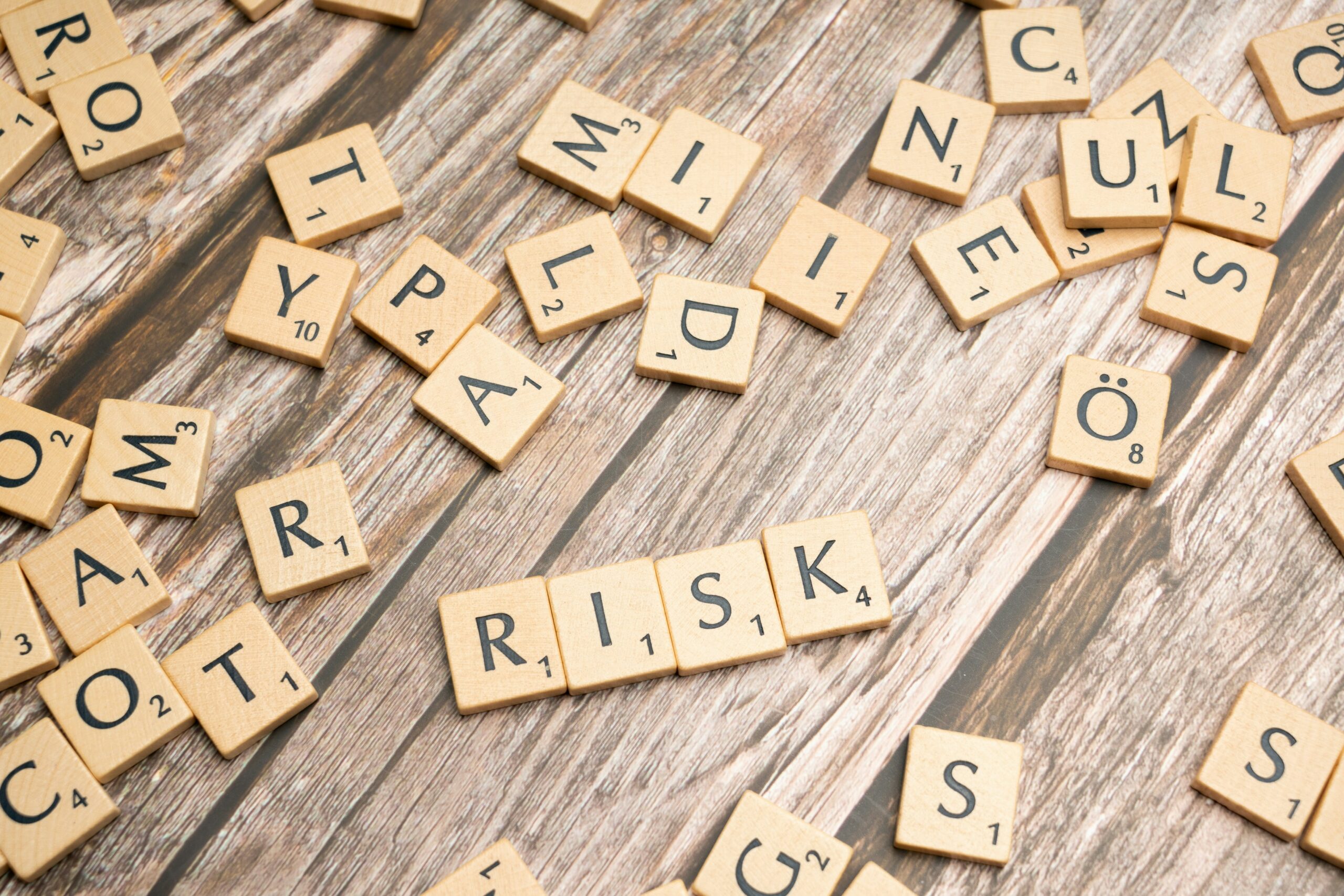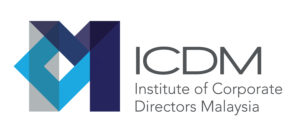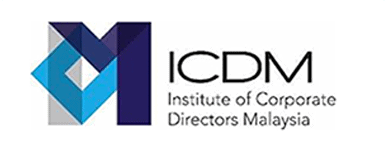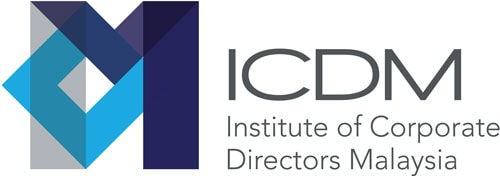Introduction: The Critical Gap in Currently Available Risk Frameworks
In an era defined by volatility and uncertainty, a robust risk culture is universally acknowledged as the bedrock of organisational resilience. Frameworks like ISO 31000:2018 and COSO ERM significantly highlights the importance of culture, while recently emerging models like the IRM ABC Framework provide a deeper behavioural philosophy. However, a critical gap persists globally: these frameworks mainly describe the “what” and “why” of risk culture, but there is a hollow absence of a detailed, structured “how” on risk culture implementation.
The Risk Culture Management Framework (RCMF) is a pioneering response to this universal challenge. It is the first systematic methodology designed explicitly to develop, implement, and sustain risk culture from the ground up. It transforms abstract principles into a tangible, actionable, and iterative process.
Core Philosophy: Culture as a Living System
The RCMF is structured under one core philosophy: Risk culture is not a set of rules, but a living system of relationships. It is the major determinant of the effectiveness of all formal risk management processes. This philosophy underpins the framework’s iterative, evolutionary nature, moving beyond one-off projects towards continuous cultural nurturing.
The RCMF’s Five-Phase Iterative Process
The framework is structured around five dynamic and interconnected phases, supported by continuous monitoring and adaptation:
- Define Target Culture: Establishes a clear, measurable goal by defining 3-5 behavioural pillars and translating them into specific qualitative narratives and quantitative metrics.
- Assess Current Culture: Provides a holistic diagnostic of the existing culture using discreet, face-level, and relevant assessment methods to identify the actual gaps between current and target behaviours.
- Design Action Plan: Proposed action plan goes beyond generic “training” to design targeted interventions using the MINDSPACE behavioural science framework. It strategically plans the journey from isolated practice to collective habit, including robust relapse prevention mechanisms.
- Execute & Implement: Offers three implementation pathways that ensures progress can be made regardless of the organisation’s initial risk maturity or leadership buy-in:
i. Top-Bottom
ii. Bottom-Top
iii. Infiltrative - Monitor & Reinforce: Creates a sustainable feedback loop using a balance of leading and lagging indicators and formal annual reviews to ensure the culture remains dynamic and resilient.
Key Highlights of the RCMF
- From Philosophy to Mechanism: The RCMF is the crucial link that translates the behavioural “why” from frameworks like IRM ABC into a tangible “how,” providing the specific processes for habit formation.
- The “Habit to Culture” Milestone Model: It provides a clear, staged pathway from Practice → Behaviour → Habit → Culture with specific goals and actions for each stage, making long-term cultural transformation manageable and measurable.
- Actionable Behavioural Toolkit: By leveraging the nine influences of the MINDSPACE framework, the RCMF equips practitioners (albeit beginners to seasoned practitioners) to design interventions that work with human nature, not against it.
- Proactive Relapse Prevention: It is the first framework to formally incorporate strategies to identify triggers and “fortify defences” to prevent cultural relapsing, treating culture as a dynamic asset that requires active protection.
Conclusion
The Risk Culture Management Framework (RCMF) represents a significant step forward in risk management practice. It directly addresses the most persistent challenge faced by organisations worldwide: moving from knowing that culture is important to knowing how to build and sustain it.
For boards, senior management, and risk practitioners, the RCMF provides the missing manual which is a rigorous, practical, and sustainable system to grow a risk culture that truly protects and creates value, ensuring organisations can navigate uncertainty with confidence.
About the Author
Adley John Fisher Mangkiu is a senior risk management professional specialising in Enterprise Risk Management (ERM), business continuity planning, and internal audit. With experience handling risk across diverse sectors including renewable energy, agribusiness and retail.
Photo by Markus Winkler on Unsplash.

 5.0
5.0 



















